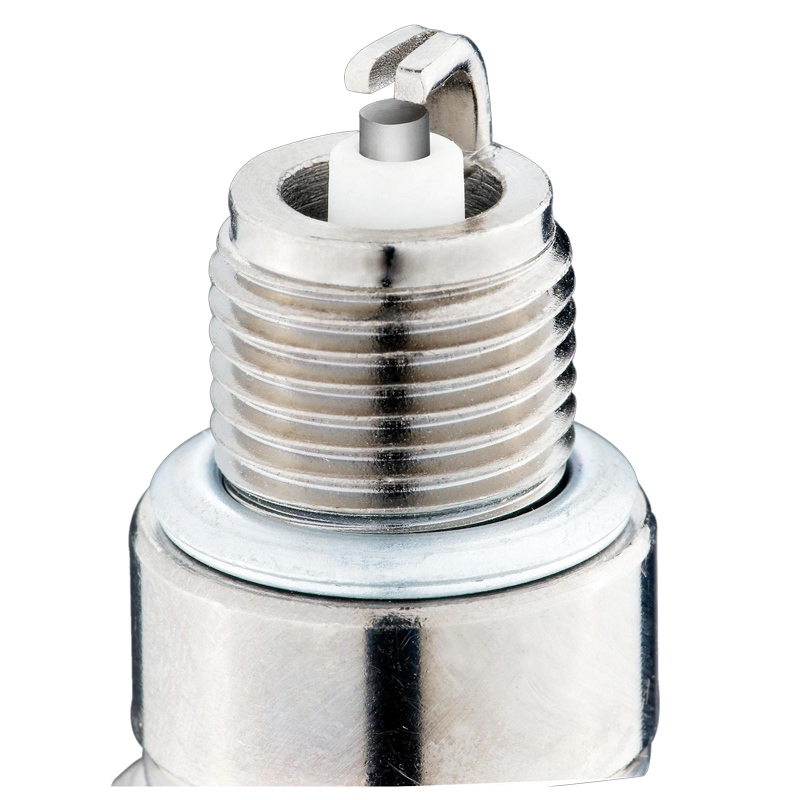There are some advantages to having a smaller, thinner electrode, in that it reduces something called the quenching effect. This is when the heat from the spark is partly absorbed by the electrodes, reducing the effectiveness of the spark. However for the same reason, thinner electrodes also can't conduct away heat as well, so they tend to erode faster.
The thicker electrodes are probably using a copper-nickel composite for the electrode, while the thinner ones are probably using a metal with lower electrical conductivity but much higher strength and temperature resistance, such as platinum or iridium.
These metals are also much more expensive, so there's another advantage to keeping them small, but extending the life expectancy can offset the cost.
Also, improvements in engine design, metallurgy and engineering techniques have made these kinds of plugs more practical recently.
You mentioned NGK plugs in particular, here's a document from NGK that explains the difference more clearly, with some illustrations.
http://www.ngksparkplugs.com/pdf/DYK/DYK_Evolution%20of%20Plugs.pdf


